In the increasingly fast-paced digital landscape of the modern age, organizations increasingly rely upon cloud infrastructure to power their operations. As increasingly complex cloud environments and dispersed infrastructures across multiple platforms become more common, the role of strong automation has never been more critical. Cloud automation tools have become imperative solutions enabling companies to economically scale, reduce manual errors, and gain consistency across their infrastructure.
The global cloud automation market is growing very rapidly because businesses want to launch things faster, work more efficiently, and save money. With the right automation tools, companies can cut their running costs, strengthen security, and bring new applications to market.
What is Cloud Automation Tool?
A cloud automation software automates cloud environment processes and activities — such as provisioning, scaling, and resource management. It automates repetitive, manual processes, increases efficiency, reduces errors, and offers consistency across cloud infrastructure.
These software can support platforms like AWS, Azure, and Google Cloud and allow teams to manage resources via scripts, templates, or workflows. Some examples of these software are Terraform, Ansible, Puppet, and Chef.
Cloud automation spans a variety of top-level areas, including infrastructure provisioning, configuration management, monitoring, alerting, security compliance, and application deployment. Automating these operations allows organizations to focus their resources on innovation and strategic initiatives rather than maintenance activities.
The benefits of cloud automation tools extend much further than operational effectiveness. They provide improved disaster recovery, better use of resources, improved security from imposed policy consistency, and increased scalability to address changing business needs.
Top 15 Tools for Cloud Automation
1. Terraform
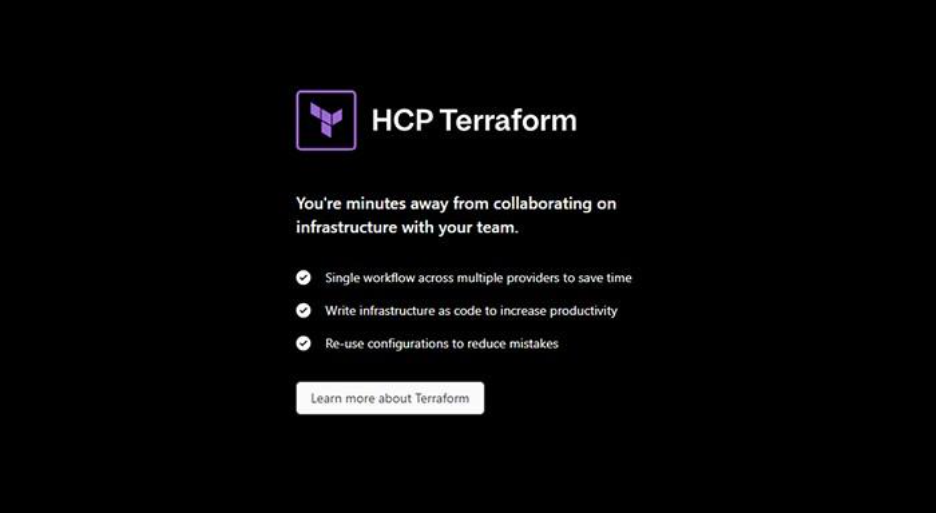
Terraform is an infrastructure as code (IaC) solution that enables you to define, provision, and manage cloud resources in a declarative language. It supports various cloud providers and stores infrastructure changes in a state file. Terraform's modular structure enables teams to build reusable components and manage sophisticated multi-cloud environments in an effective manner.
2. Ansible
Ansible is an open-source automation tool that can be used for almost any of your daily or weekly regular chores, including configuration management, application development, and cloud provisioning. It is simple to deploy because it doesn't require agent software and uses YAML that is understandable by humans.
3. Chef
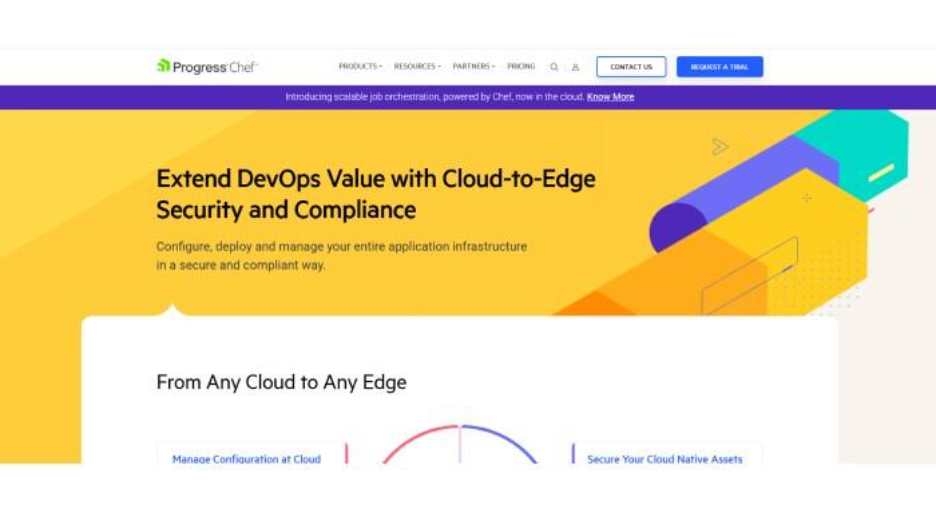
Chef is a highly capable automation and configuration management tool that enables organizations to automate and manage the deployment, configuration, and maintenance of infrastructure. It has a declarative model for specifying the desired state of infrastructure and applications, with the ability to maintain consistency and repeatability.
4. Puppet
Puppet is a system administration and automation tool that streamlines infrastructure management. People describe the state they wish to maintain in their systems using a declarative syntax, and Puppet enforces this state across the whole infrastructure.
5. SaltStack
SaltStack integrates configuration management with remote execution, with both agent-based and agentless options. It delivers high-speed, scalable automation for large-scale environments and features advanced coordination options to manage large deployments.
6. Pulumi
Pulumi is an open-source technology that allows one to define, deploy, and manage cloud infrastructure. The difference it has from others is that infrastructure is defined in a different way. Unlike Terraform, you can use well-known programming languages to define infrastructure.
7. CloudFormation (AWS)
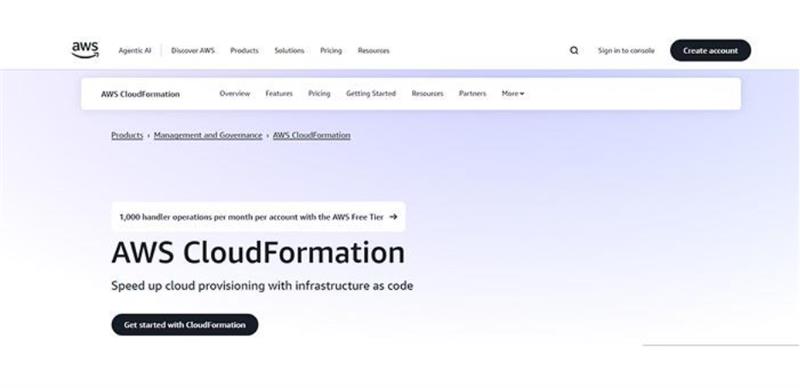
AWS CloudFormation is an IaC service offered by AWS for AWS. You can define infrastructure in declarative templates, which can be used for many projects. It works smoothly with all AWS services and includes helpful features like spotting changes and restoring to previous setting if needed.
8. Datadog
Datadog is a monitoring and analytics tool that gives you a complete view of everything happening in your cloud systems. It allows teams to gather, process, and graph metrics, logs, and traces across the entire technology stack.
9. Prometheus
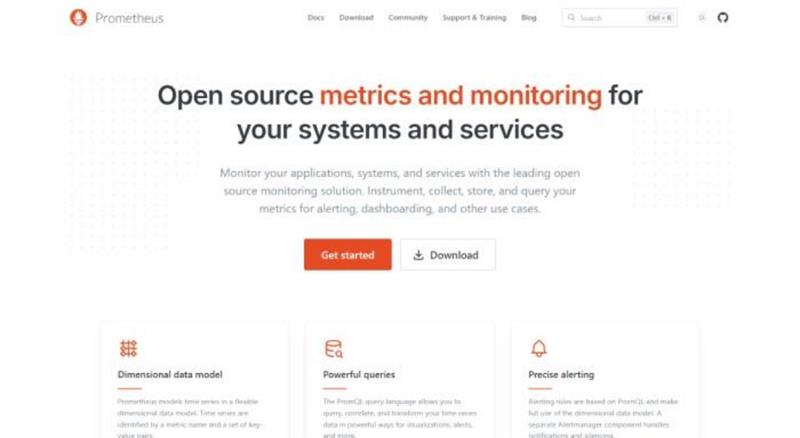
Prometheus is an open-source monitoring system with a focus on reliability and scalability. It uses a powerful data model, an easy-to-use query language (PromQL), and works well with Kubernetes, making it a great choice for cloud-native apps.
10. New Relic
New Relic is designed to keep track of how your apps are performing and give you clear, useful insights without the distraction of constant false alerts. It offers full application performance monitoring (APM), watches over your infrastructure, and uses AI to automatically help fix issues.
11. Prisma Cloud
Prisma Cloud is a cloud-native security platform designed specifically for the cloud. It secures your apps, data, and infrastructure across cloud environments and hybrid configurations. It always keeps an eye out for security breaches, assists you in remaining compliant with regulations, and can take action to threats automatically.
12. Qualys
Qualys helps keep your cloud safe by automatically finding security gaps, checking if rules are being followed, and scanning your web apps. It keeps an eye on your cloud all the time and works without needing a lot of extra setup.
13. Aqua Security
Aqua Security offers cloud-native security with a focus on container and Kubernetes security. It offers runtime protection, compliance scanning, and CI/CD integration to secure application deployment across the development lifecycle.
14. Dynatrace
Dynatrace is another that brands itself as an AI-driven observability platform. It discovers applications, services, and infrastructure elements automatically and configures the monitoring necessary for dynamic cloud environments.
15. Google Cloud Deployment Manager
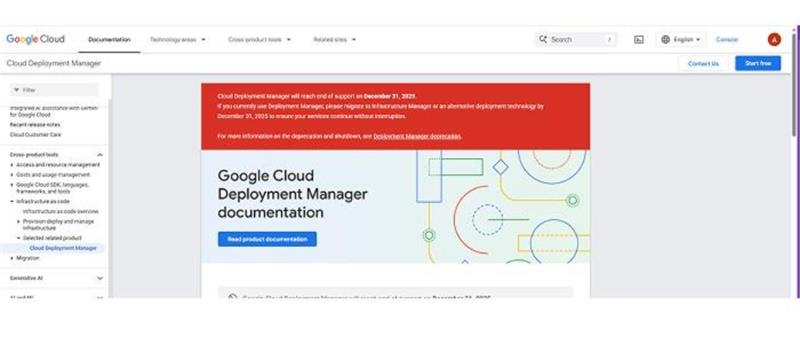
Google Cloud Deployment Manager is the native infrastructure deployment service of Google Cloud. You can define cloud resources in YAML, Python, or Jinja2 templates and have it deploy automatically to Google Cloud services and APIs.
Read Also: 25 best Test Automation tools
Key Types of Cloud Automation Tools
Infrastructure as Code (IaC) Tools
Terraform, Pulumi, and CloudFormation allow you to create infrastructure in code. It is simple to keep it consistent, monitor changes, and replicate setups between environments.
Configuration Management Tools
Ansible, Chef, Puppet, and SaltStack keep your systems configured as desired. They install software automatically and handle settings on multiple servers simultaneously.
Monitoring and Observability Tools
Datadog, New Relic, Prometheus, and Dynatrace monitor your systems. They identify issues early on and enhance performance to prevent problems from worsening.
Security and Compliance Tools
Prisma Cloud, Aqua Security, and Qualys automate security scans, compliance scanning, and threat response to secure and protect your systems.
Benefits of Cloud Automation Tools
- Work Faster: Automation eliminates the repetition of manual labor, so deployments and configurations occur much faster. This leaves your team time to do more critical work.
- More Reliable: Automated workflows eliminate errors and ensure that tasks are performed consistently every time, more reliable systems and applications.
- Save Money: Automating the way resources are added or scaled allows businesses to manage cloud costs and not pay for excess capacity they don't require.
- Better Security: Automated scans and compliance checks guarantee security rules are always enforced in every environment.
- Simple to Scale: Automation tools make it easy to expand your infrastructure and apps rapidly as your business evolves.
Choosing the Right Cloud Automation Tool
In deciding on cloud automation tools, consider factors such as the cloud provider you are using, the skills of your team, how much you need to scale, your security requirements, and your budget. Most organisations use more than a single tool—typically integrating Infrastructure as Code (IaC) tools with configuration management and monitoring platforms.
The key thing is to begin with your highest-priority automation requirements and add more tools as your cloud configuration develops and expands. And consider such things as the level of activity in the tool's community, the quality of its documentation, how easily it integrates with other tools, and what the vendor's longer-term plans are.
Conclusion
Cloud automation software is now a necessity for businesses looking to optimize the use of cloud computing at a reasonable cost on operating expenses. The 15 software’s included here are the top recommendations for 2026, specifically created to cater to different aspects of cloud automation.
With cloud technology growing to incorporate such concepts as serverless computing, edge computing, and AI/ML, automation will become more and more important for managing complexity and keeping things running smoothly. Companies that get the right automation strategy in place right now will be better equipped to manage future shifts in technology and stay out in front of the competition.
The future of cloud automation is towards smart, auto-healing systems that fix things on their own, improve performance, and make things secure—all without human intervention. With these tools and through strong automation skills, businesses can move quicker, perform more consistently, and add more innovation to their cloud work.

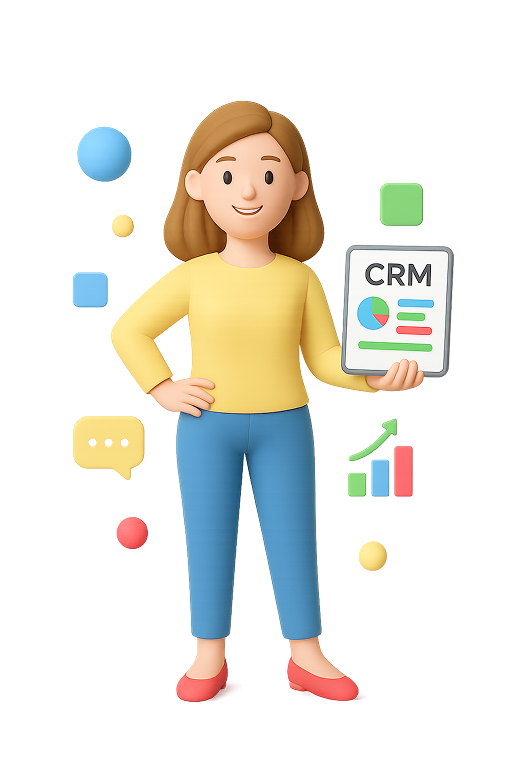


%201.png)

%201.png)

%201.png)

